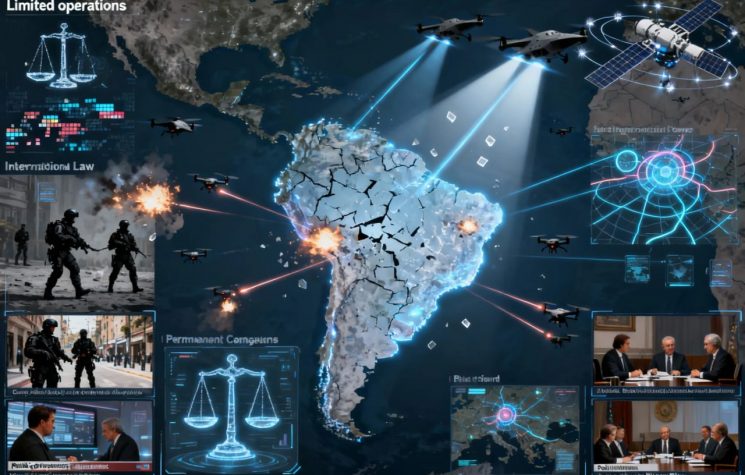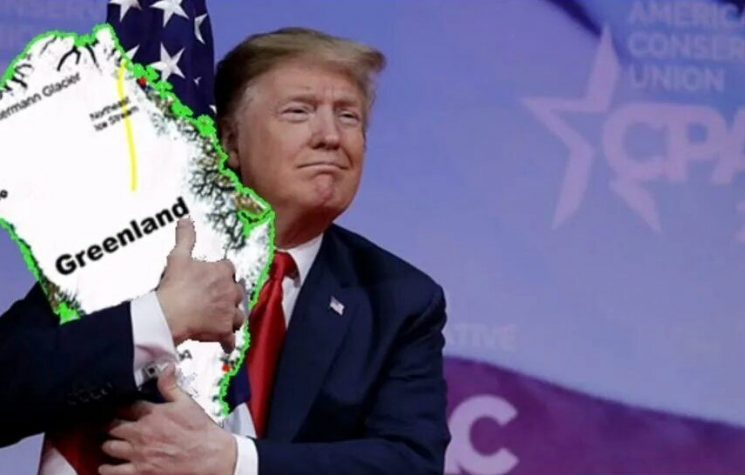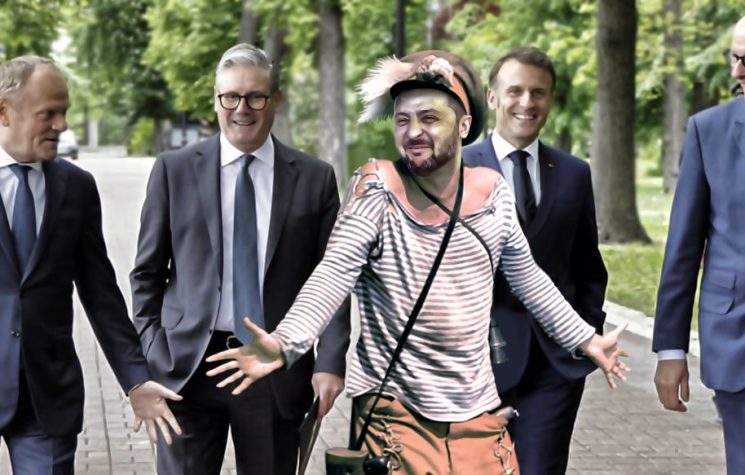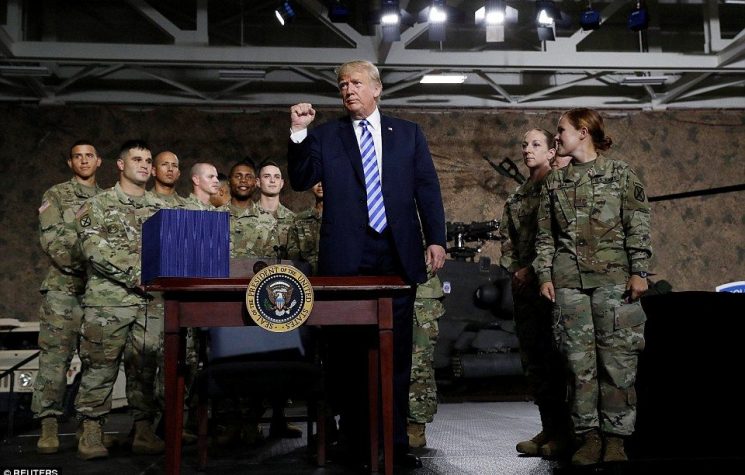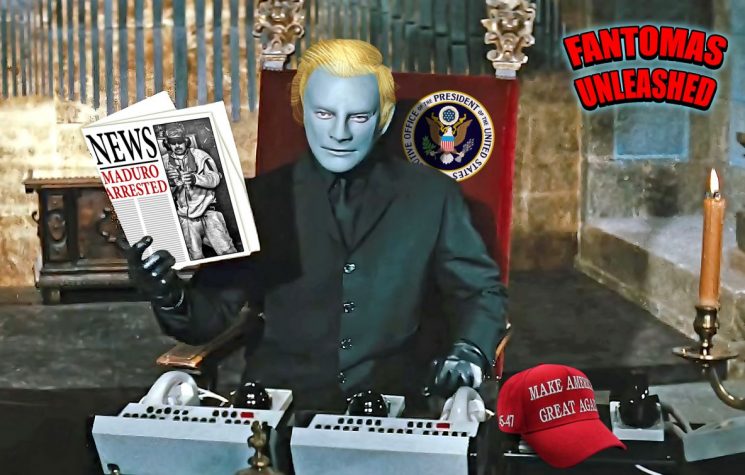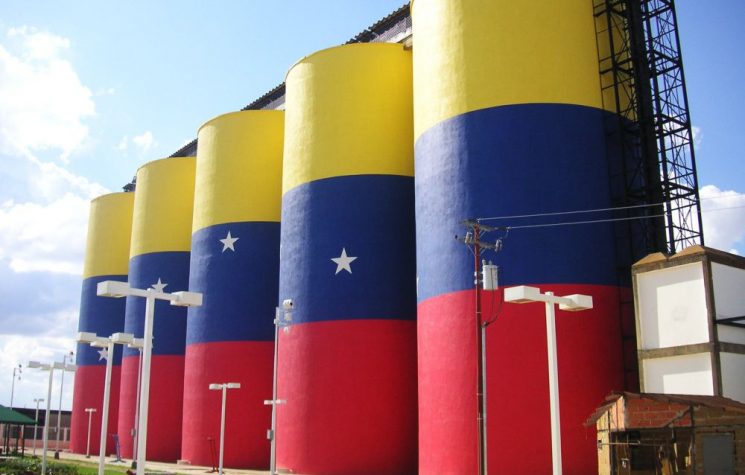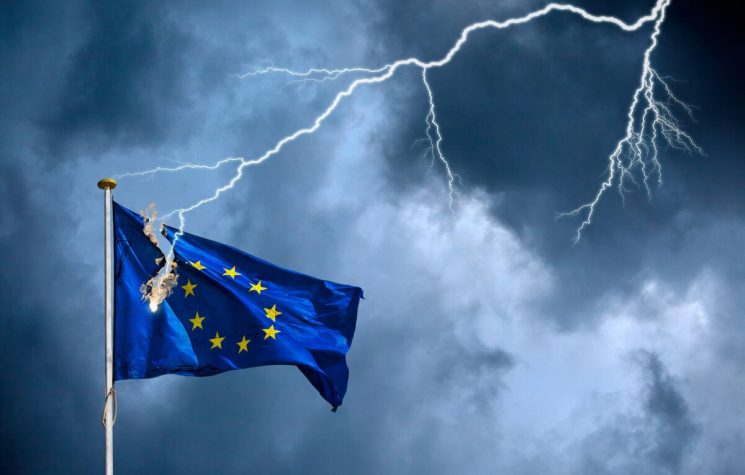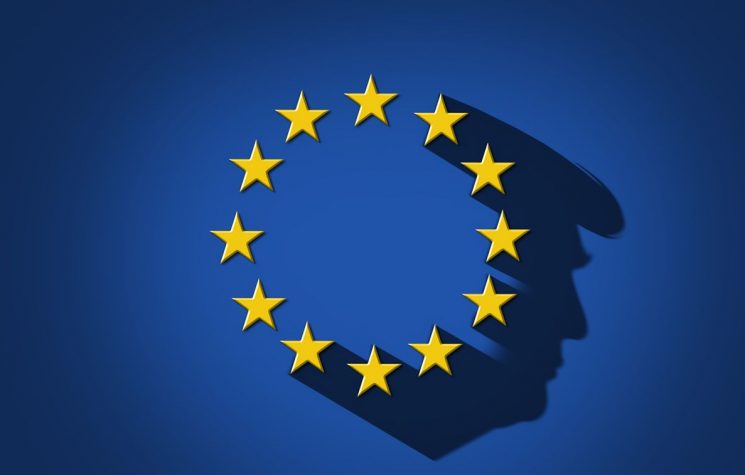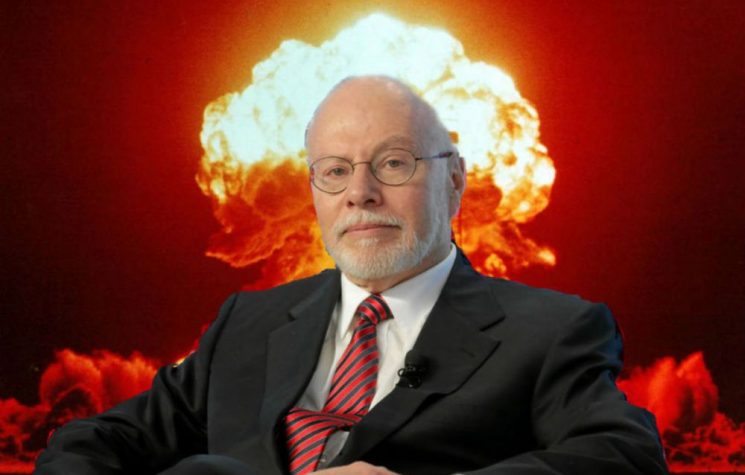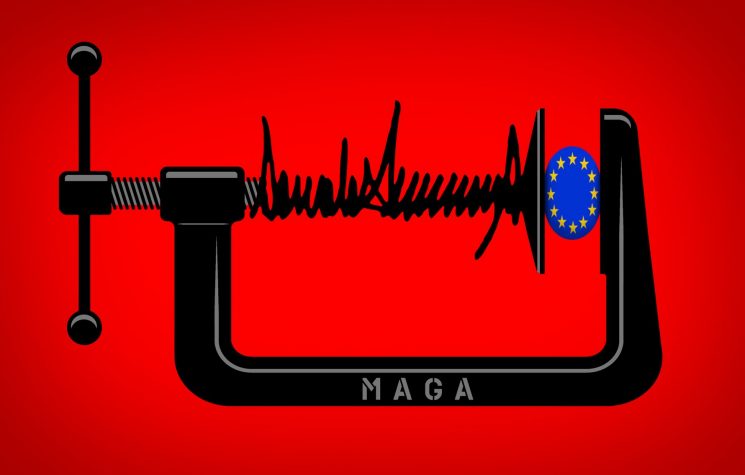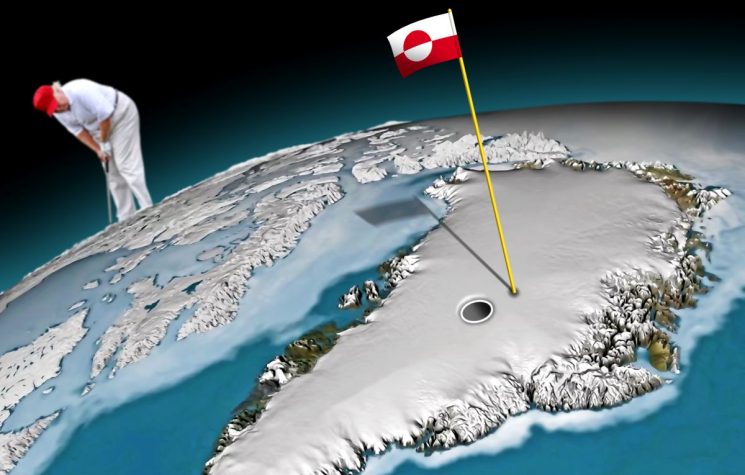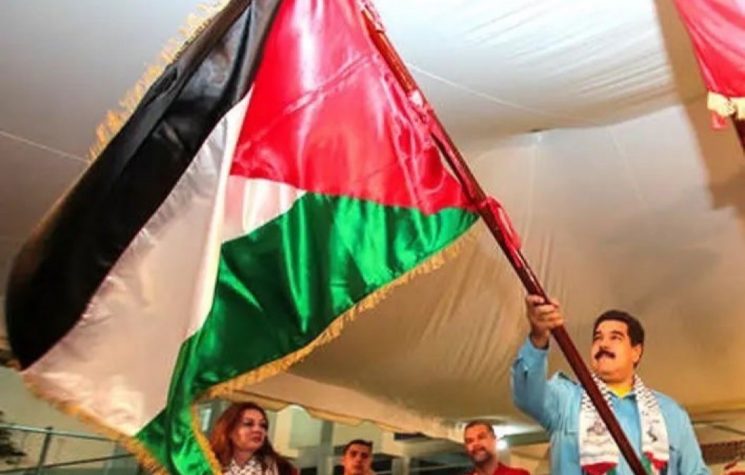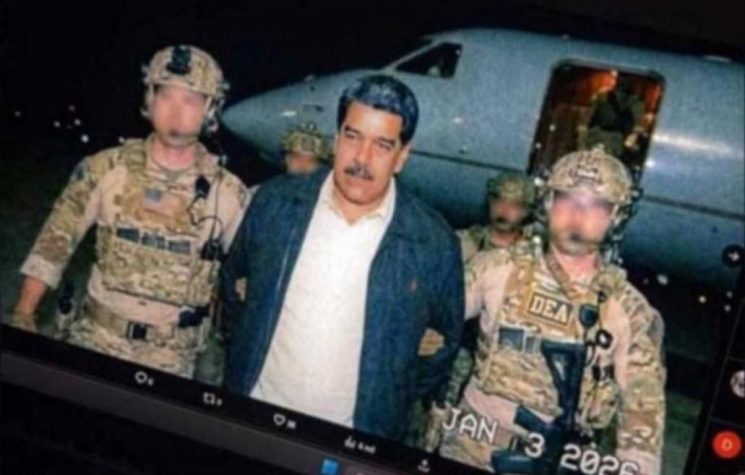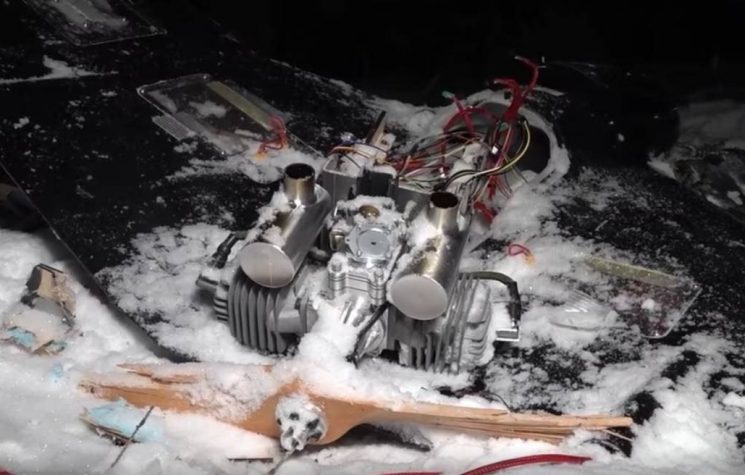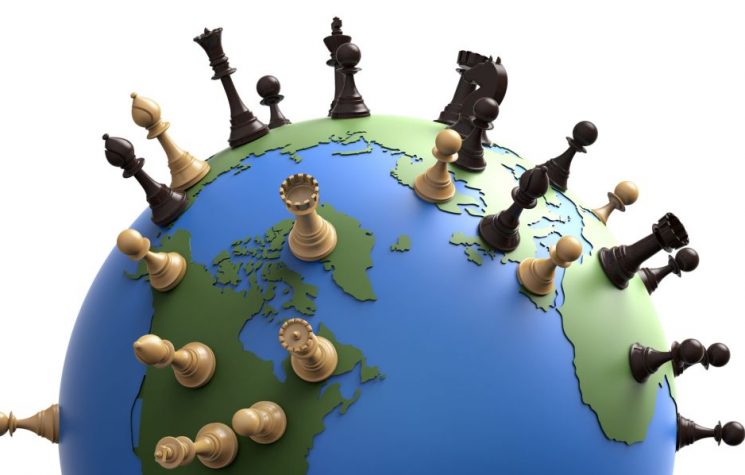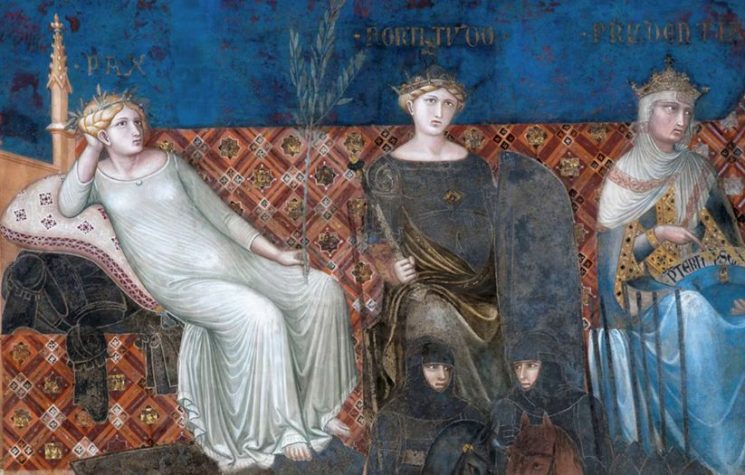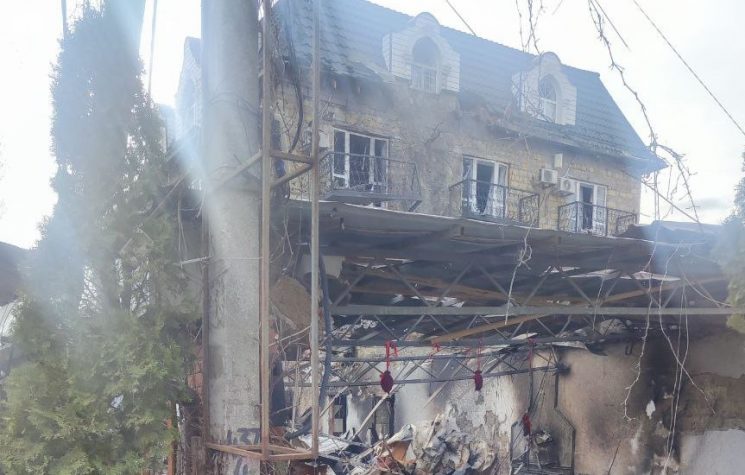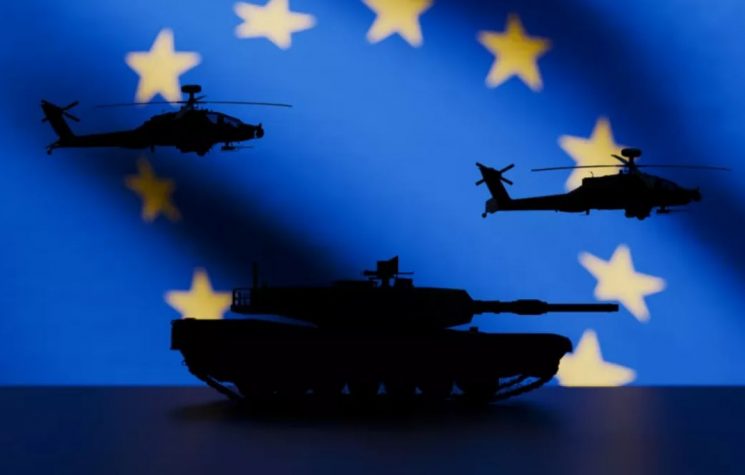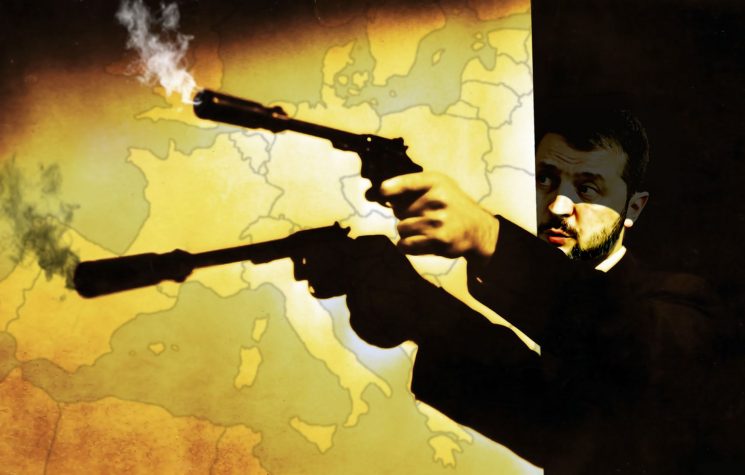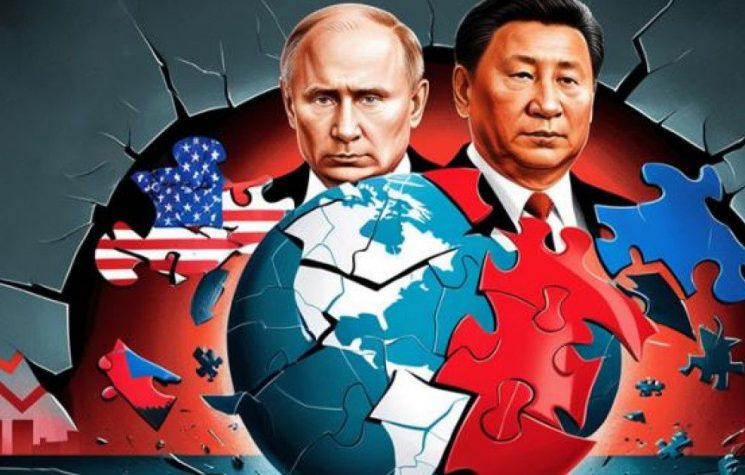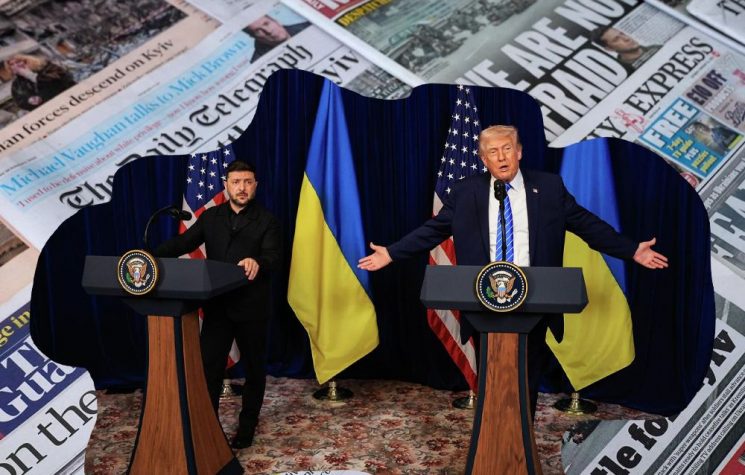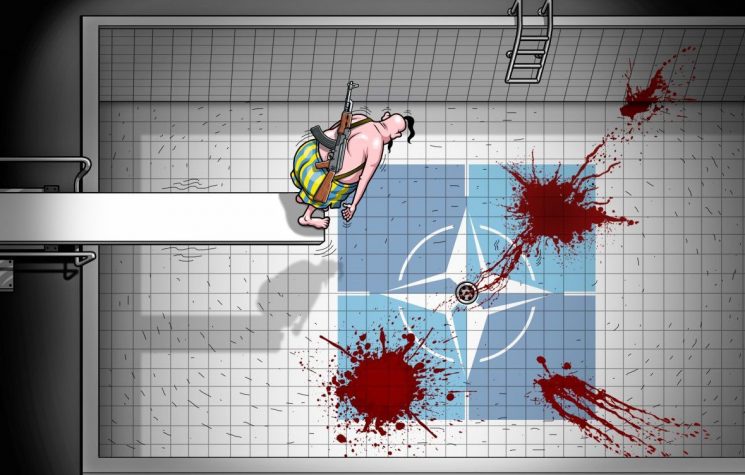Andrei Martyanov has carved for himself a unique, haloed place when it comes to deep critical thinking of all matters of war and peace.
Contact us: info@strategic-culture.su
Andrei Martyanov has carved for himself a unique, haloed place when it comes to deep critical thinking of all matters of war and peace.
In his previous books, in his blog Reminiscence of the Future and in countless podcasts, he has become the go-to source when it comes to the inner workings of the Special Military Operation (SMO) in Ukraine as well as The Big Picture of the proxy war between the U.S. and its collective West minions against Russia.
Naturally every new book by this delightful human being with a biting sense of humor is something to cherish – and this one, America’s Final War, the fourth in a series, should be seen as the crowning achievement in his carefully detailed analysis of a real revolution in military affairs that has completely bypassed the “indispensable nation.”
Right off the bat, Martyanov addresses Russophobia – and how this overwhelming, Western-wide pathology “of a much larger scale than mere geopolitical contradictions between nations and states” is “taking on a metaphysical dimension, rising from its racial, religious, and cultural components”.
Russophobia has only been exacerbated by unpleasant facts on the ground concerning the “Real Revolution in Military Affairs”: a true “paradigm shift” in warfare.
Already in the preface, Martyanov outlines the state of things as we speak, or what I have recently defined as a War OF Terror:
“The current U.S. economy and military will not be able to fight Russia conventionally; it would face defeat if it tried. So, the United States and combined West have resorted to terrorism”.
Add to it that concerning the ongoing proxy clashes, “NATO is incapable of fighting a real war of the 21st century”. And even the U.S.’s “shortly to be overcome superiority in satellite constellations and NATO’s ability to fly with impunity in the international air space over Black Sea counts for little in real war, in which NATO would be made blind and its Command and Control disrupted.”
“The best strategic assessment apparatus in the world”
Martyanov engages in a necessary rewind to the situation pre- SMO, in late 2021, when the AFU was massing on the borders of Donetsk and Lugansk: “In a last-ditch attempt to avoid military confrontation with what at that time amounted to the best U.S. (and West) proxy force in history – trained and equipped with many critical C4 elements” – Russia presented the U.S. on December 15, 2021 with what Martyanov describes as a “diplomatic euphemism for demands” on Washington on mutual security guarantees: that was the notorious “indivisibility of security” proposal for Europe and the post-Soviet space.
Martyanov is correct in evaluating that this was not exactly groundbreaking; it was “a reiteration of the same points which Russia had insisted upon since the 1990s”. The crucial point was of course non-expansion of NATO, specifically applied to Ukraine, “which since 2013 was becoming in effect NATO’s forward operational base.”
That was Putin’s diplomatic gambit to prevent war. After all Russia’s political-military establishment had seen which way the dogs of war were barking, and were able to forecast “based on the superb intelligence and arguably the best strategic assessment apparatus in the world – the Russian General Staff, Service of Foreign Intelligence (SVR), FSB and Ministry of Foreign Affairs.”
Moving on down the road, what is now developing in the black soil of Novorossiya – NATO’s impeding humiliation – could not have possibly be understood as “the captains of the combined West” are essentially uber-incompetent: “Western academic and analytic institutions” not only are “not designed” to think strategically in terms of global balance of power and matters of war and peace but clueless on “Statecraft as Art of Governance and Military Art”.
Russia, in contrast, applied creative governance that “manifested itself as an art”, not least through “forecasting and forestalling” NATO’s moves, “but specially so in the military and economic preparation” for the clash, “including through the process of constant adaptation to changing external and internal conditions”. Let’s call it a military art counterpart to the geoconomic intuition by Deng Xiaoping of “crossing the river while feeling the stones”.
Martyanov characterizes the proxy war in Ukraine as a Stupidistan spectacular: “Considering a mediocre at best, at worst non-existent military-engineering background of the most influential actors in Biden’s administration, the difference between starting a war in Vietnam or Iraq, and starting a war on Russia’s threshold (…) was lost on them” – as they failed to realize that “Russia was a military superpower with an extremely advanced ISR (Intelligence, Surveillance and Reconnaissance) complex”.
Martyanov correctly dates the dramatic “descent” of the U.S. “from the pedestal of self-proclaimed military hegemony” to the sabotaging of the April 2022 Istanbul agreement – which was on the verge of being signed – when Boris Johnson, “a major in classics from Oxford and a clownish figure with zero grasp of military art, let alone science”, botched it on the orders of the Biden combo.
Going Hypersonic
A highlight of the book is when Martyanov registers the American bewilderment when it comes to high supersonic missiles such as the Kh-32 and especially the hypersonic, Mach-10, Mr. Khinzal – as he had been warning for years in his books and blog that Hypersonic Russia “would render any NATO’s air defenses useless in any serious conflict”.
Cue, for instance, to 2018 when he outlined that “Khinzal’s astonishing range of 2,000 kilometers makes the carriers of such missile, MiG-31K and TU-22M3M aircraft, invulnerable to the only defense a U.S. Carrier Battle Group, a main pillar of U.S. naval power, can mount.”
As the SMO developed, “Russia dramatically ramped up production across the whole spectrum of its missile arsenal”: from the RS-28 Sarmat, which carries the strategic hypersonic Avangard, to “tactical-operational Iskanders, P-800 Oniks, hypersonic 3M22 Zircons, 3M14(M) ship and submarine cruise missiles”, and of course Mr. Khinzal himself.
For NATO’s ISR complex things can only get worse, because the Khinzal is now carried by Su-34 fighter bombers, “which makes the work of identifying which ones are Khinzal carriers very difficult and leaves no time for warning”.
A crucial theme in the book is the relationship between the Hegemon and war: “The U.S. is not just an expeditionary military, it is also imperial military which fights imperial wars of conquest and doesn’t address the concept of defense of a Mother – or Fatherland in its strategic and operational documents”.
The conclusion is stark: “Thus it cannot fight a real conventional combined war of scale against a peer or better-than-peer opponent who fights in defense of their own country.”
Implicit in this concise explanation of the U.S./NATO debacle in Novorossiya is the disproportionate power of the U.S. industrial-military complex: “The U.S. military doesn’t fight in defense of America, it fights for imperial conquests only. Russian soldiers fight in defense of their homeland.”
U.S. conventional military supremacy: a bluff
Martyanov once again details how a real revolution in military affairs is already taking place. From facts on the sea like the ominous Poseidon submarine – “capable to not only devastate shores but hunt down any carrier battle group with impunity” – to the immense gap in “capacity of tools of destruction” between Russia and NATO, complete with “the operational concepts that gave birth to these weapons systems.”
On the inescapable face-off between Russia and the combined West, led by the U.S., Martyanov hits the heart of the matter. It is already global, and “spreads into all domains from the world ocean to space, and encompasses not just military but also related economic, financial and industrial capacities.”
And that, crucially, was the initial operating framework of the SMO. Yet now it’s all evolving into a toxic mix of counter-terror operation and Hot War, potentially more lethal than Cold War 2.0.
At this point in the book, Martyanov goes for the kill, asserting that as facts develop, “the much-propagandized U.S. conventional military supremacy is nothing but a bluff.”
The Hegemon cannot “fight a peer or better than peer opponent and win such a fight”. Apart from an absolute freak out among Brzezinski epigones, one can imagine the desperation among the handful of neo-cons equipped to understand at least a simple mathematical equation.
The only auspicious angle in all this turmoil is the apparent unwillingness by the War Party in the U.S. to “enter into open confrontation with Russia.” Yet what remains is as ghastly as a Hot War: the hybrid War OF Terror – as illustrated by the green light for Kiev to indiscriminately attack civilians inside the Russian Federation.
As the book comes to a close, it would have to inevitably circle back to Russophobia: “Russia’s military record is telling – it has consistently defeated the best the West could throw at it when it mattered.” That’s a source of envy mixed with fear. Moreover, Russia remained Orthodox Christian, which only adds to the unmitigated hatred displayed by collective West elites.
Martyanov comes up with a precious, concise formulation: “Especially after Trotsky has been exorcised by Stalin”, Russia ended up evolving into “a society with primarily conservative values”, very much derived from Orthodox Christianism, which crucially is part of a “non-Crusader historical ethos”.
Whatever happens next, Russophobia simply won’t get erased from the Anglo-American “elite” worldview: “Russia in the form of the Soviet Union defeated the best West’s military force in history and a simple fact of the West’s efforts to rewrite this history by claiming the victory as theirs without acknowledgment of the USSR’s greater role reveals not only an ideological agenda and shoddy scholarship, but a deep lasting trauma.”
The trauma persists and now has metastasized into a New Dementia Cycle – exemplified by the current War OF Terror and NATO’s plans to actually attempt an Operation Barbarrossa remix by 2030, all that while NATO’s “geopolitical humiliation remains a secret only for the most unsophisticated strata of the Western public.”
That’s a diplomatic way of characterizing the relentless brainwashing and imbecilization of the post-modernist, post-Christian collective West.
In Roman Empire days, Latins were able to turn something into a wasteland and declare victory. Martyanov’s chronicle of the fate of contemporary Empire turns Tacitus upside down: before they will be able to turn everything into a wasteland, a counterpower will inflict them inexorable defeat.








